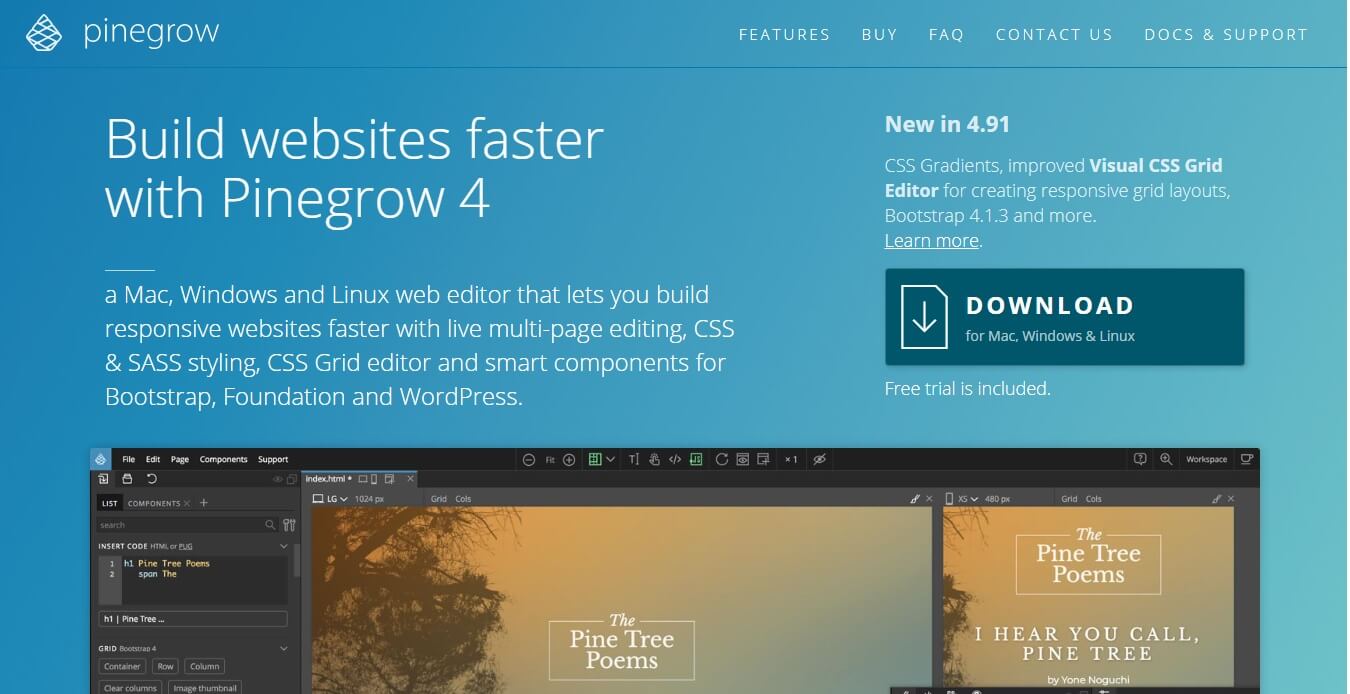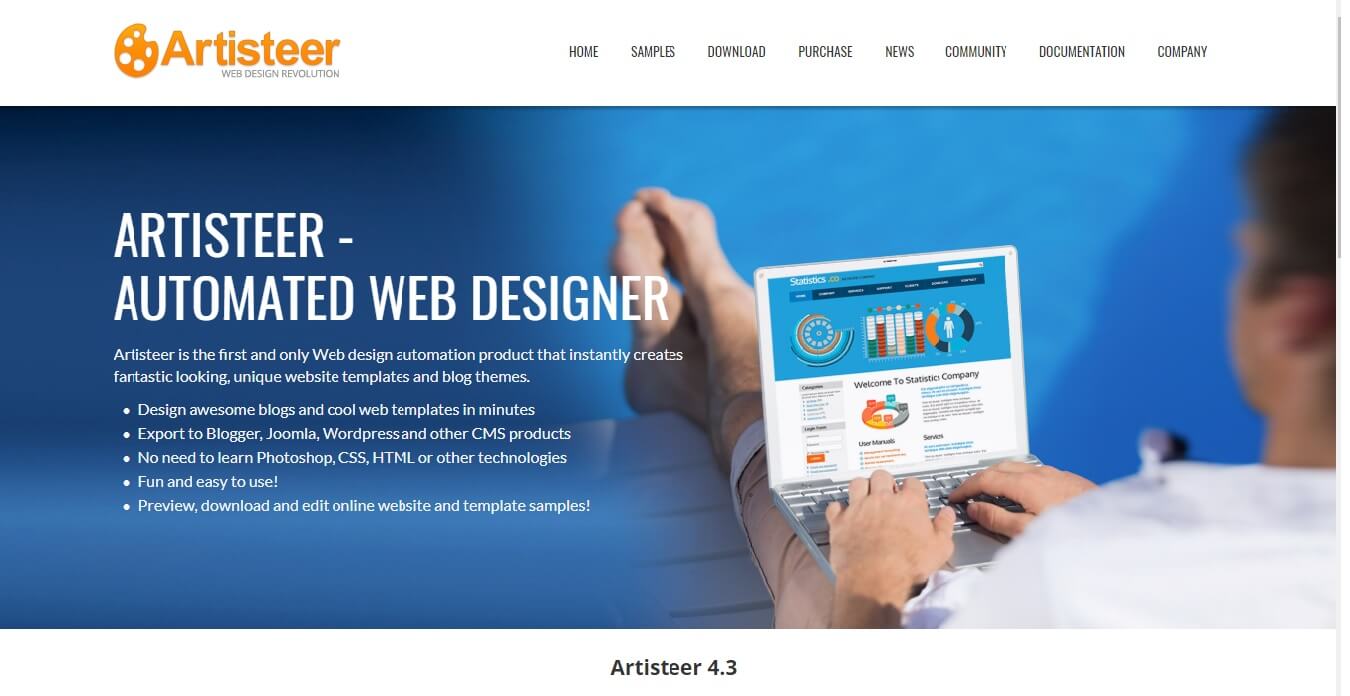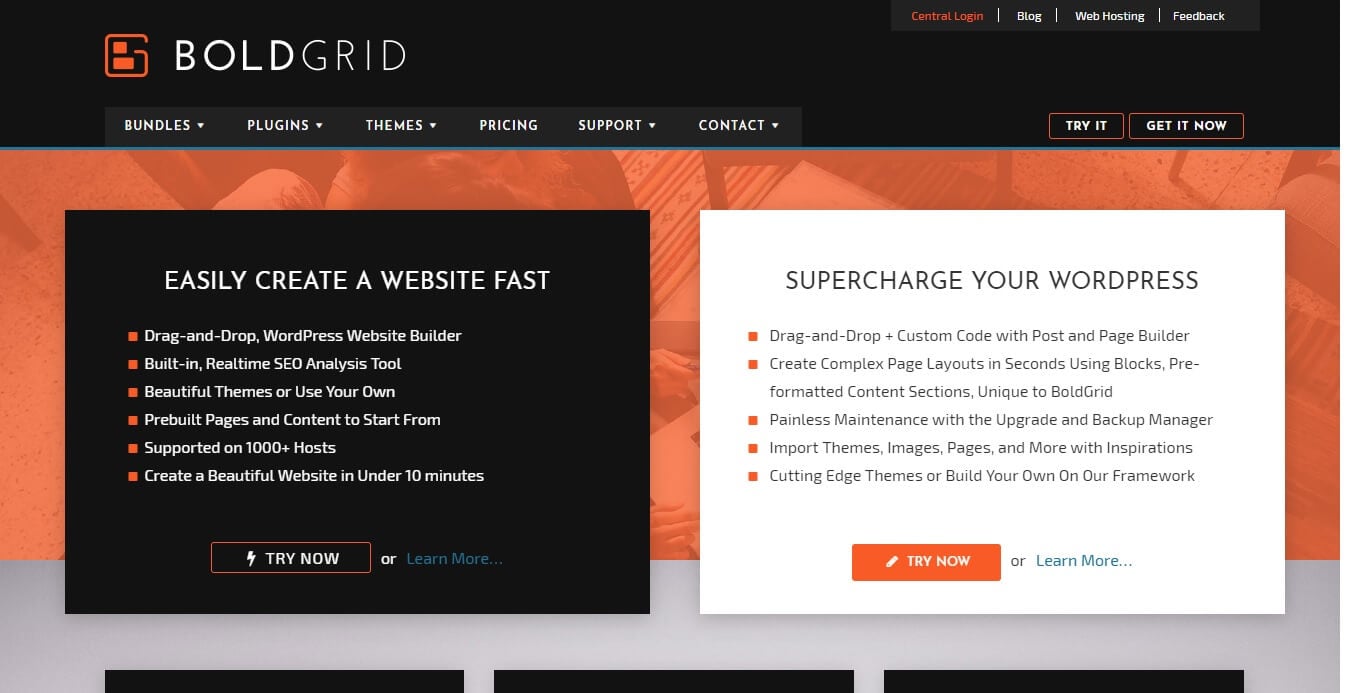Imagine one time you came up with a great idea to create a website for your company. The first step to take in this case is to hire a web development team of professionals that can fit the project’s objectives. The selection of the project team is as important issue to plan as the website development cost and budgeting. So, don’t neglect it.
It is mistaken to think that a couple of programmers is all you need to build a site. If you want the future website to be a powerful tool for adding clients and building a customer loyalty, you should also think through digital marketing. Below, we’ll discuss the basic roles in web development and digital marketing teams.
So, you’ve contacted a web dev company to build your website. Some companies can suggest a ready-made team, but others can not. The second scenario is common for narrowly focused or recently established companies.
The team structure in different companies can vary. A common web development team includes a UX/UI designer, a couple of Web developers, a Project Manager (PM), a QA Engineer, and a Requirement Analyst (RA).
To promote the future project, this team can also consist of an SEO specialist, a Content writer, and a Marketing strategist. Now let’s get a closer look at each role.
Requirement analyst
The first step of the development process is a planning. At this point, you are interviewed by the requirement analyst. It is a person who analyzes your project ideas and then turns them into a technical specification for designers and web developers.
The main task of this person is to get as much information about the future project as possible. For instance, website main functions, target audience, and desirable architecture.
After it, RA carefully analyzes the obtained information. They estimate the approximate cost of website development for you and then establishes technical documentation.
Project manager
After RA has struck a deal with a client and established technical documentation, it’s a project manager’s turn. PM is a person responsible for delivering the product on time. It is a key person that controls the work ow the whole team. The main PM duties include:
- Communicating with clients. Are you dissatisfied with something or decided to add a new feature? So it is the person you need to contact with. On your request PM can gives an information about progress. In turn, they contact you when the team needs an additional information about the product.
- Planning resources. After getting a technical documentation from the requirement analyst, PM estimates how much time and money are needed to accomplish this task.
- Controlling the development process. PM assigns responsibilities among team members. During the development process, PM monitors whether workers accomplish their tasks on time.
- Drawing up the project plan. This document includes the full information about timelines, resources, and budget.
UI/UX designer
The designer knows exactly what makes a good website. Two types of design you may encounter are user experience (UX) and user interface (UI) design. In most companies, one person is responsible for both of them.
At first, this specialist thinks through user experience, which is extremely important for building trust towards your website. They define the target market and tries to predict user behavior. Then designer identifies difficulties users can face while using your future website. On the basis of this information, a designer makes a wireframe. It is a skeleton of your future website that shows the size and placement of each page element. In case you like the wireframe, it is high time for the designer to think about UI.
While UX design is focused on the structure, UI design deals with visual appearance. It is the most important step on the design process. The designer selects the color scheme, icons, and fonts. They get the sample version of the final product called a prototype. Depending on the particular situation, you may have an opportunity to interact with a prototype, or it can be static.
To meet special requirements, you may also need a graphic designer, who can create a logo, custom font or illustration. The motion designer is also optional, this person creates animations on the website.
Web developer
So, you accepted the designer’s prototype, and then finally you get to the most crucial process. The process of transforming the designed prototype into lines of code. There are two parts of web development:
Front-end or client-side development. It is everything you see on the site: buttons, headlines, login form and so forth. Commonly, the front-end developer must know:
- HTML5, which is responsible for the structure of a website;
- CSS is a programming language that describes the style of your website;
- Javascript;
- CSS Preprocessing. It stands for using preprocessors like LESS and Sass. They can make it easy and fast to change font or color scheme of your website in case you want to modify the project;
- CSS frameworks like Twitter Bootstrap;
- Javascript frameworks like vue.js and react.js;
- Responsive design. With responsive design, you can be sure that your customers will look good no matter you customers visit it via PC, smartphone or tablet.
Back-end development focuses on functionality requiring interactions with the server. For instance, you have a beautiful subscribe form. The button can change a color when a user hovers a cursor over it, but it isn’t useful without a few lines of code under the hood. Back-end developer writes a script which sends your information to the server and checks it.
Their common duties are integrating a CMS system, implementing security standards, managing database and writing server-side scripts. There is a big list of programming languages for this objective. For instance, PHP, Python, ASP.NET, SQL, and others.
Some companies can offer you, full-stack developers. They can carry out the duties of both previously mentioned specialists.
QA engineer
The last but not least role. The duty of QA engineer is to find bugs in a product before a website user does.
The work begins when the QA engineers get information from the requirement analyst. On the basis of this data, they create a testing plan. Then these specialists receive each version of the product from programmers and test it. The project must correspond requirements, fit customer needs and contain no bugs.
When this specialist finds a bug, they write a bug report and sends it back to developers. Then the developers send the next version with fixed bugs and QA engineer checks whether this bug has finally been fixed. To get the full picture, QA engineer tests a website on different platforms and browsers.
QA engineers also test website design. They check whether colors, size and other features of website elements correspond to requirements. In case something is wrong, QA engineer sends a bug report to a designer.
Now you know the most common team structure. But a simple web development is not enough if you want to get profit from your website. It is quite easy for your project to get lost in an endless number of websites. After the website has been released, you need to make as many users as possible know about it. Especially, when you sell goods online. And here the digital marketing team comes in handy.
Digital marketing team
We’ve already talked about common roles, now let’s consider each role more closely.
SEO specialist
SEO stands for Search Engine Optimization. The main duties of SEO expert include:
- Analyzing metrics and traffic of a website. This professional collects and analyzes the information about how many users visit your website every month.
- Optimizing website. Each search engine has a list of requirements. When the website meets these requirements, the search engine puts it on the top of search results. So more people can find your website. On the basis of requirements, an SEO specialist gives recommendations about changes in website architecture.
- Analyzing the market. The SEO specialist also defines your rivals and discover their weaknesses, strengths and promotion strategy they have chosen. Additional duties of SEO specialist depend on the purpose of your website.
Content writer
The role of content is often underestimated. Sometimes business owners delegate the task of content writing to the person who is not a professional writer. And as a result, get the low conversion rate.
Content specialist or content writer accomplishes all text-related tasks. This person writes descriptions for products or services, articles to your blog and so forth. They collaborate with SEO specialist to optimize text for search engines. The main duty of this team member is to write easy-to-read copies tailored to your business needs and optimized for searching engines.
This person analyzes the target audience and in accordance with the obtained information finds the best way to persuade clients to buy your products or use your services. The content writer can also create the content strategy. But for better user engagement and customer awareness it is better to hire another expert called marketing strategist.
Marketing Strategist
This is a person responsible for curating the work of previously mentioned specialists and building a strategy that helps the business gain customers. This person analyzes market niche and metrics obtained from SEO specialist, keep in touch with the newest marketing trends and choose topics for blog posts.
So, we’ve introduced you the most essential things to know if you decided to hire a web development team. Take it into consideration when choosing among vendors. But before, carefully analyze the future website to define what specialists and methodology you need.
This article is shared by www.itechscripts.com | A leading resource of inspired clone scripts. It offers hundreds of popular scripts that are used by thousands of small and medium enterprises.













